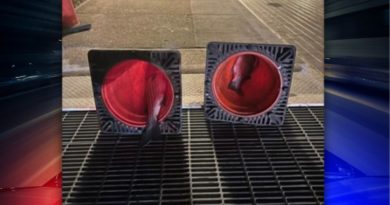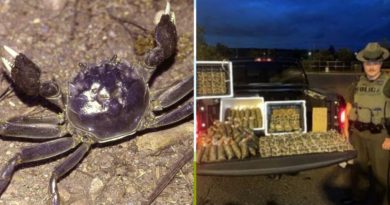Hudson River Fish: 10 Strange Species You Might See
The Hudson River is one of the most unique waterways in New York. Unlike many rivers in the Hudson Valley, it’s an estuary — where freshwater meets the ocean’s saltwater. This mix of fresh, brackish, and salty environments creates an incredible habitat for a wide range of species.
With more than 200 Hudson River fish species, anglers and nature lovers often spot both common and unusual fish. While migratory fish like striped bass are well-known, the Hudson also hides some rare, strange, and unexpected fish you might encounter.
If you saw or caught something different in this area, be sure to let us know by emailing [email protected].
Atlantic Sturgeon (Hudson River’s Largest Fish)

The Atlantic Sturgeon is the largest fish found in the Hudson River. This prehistoric-looking species can grow over 8 feet long and weigh several hundred pounds. It is easily recognized by its bony plates, called scutes, running along its body. Because the Atlantic Sturgeon is endangered, fishing for them is strictly illegal.
📹 Watch: Atlantic Sturgeon research on the Hudson River (NYSDEC / YouTube)
Even though you cannot catch or keep them, these fish are an important part of the Hudson River ecosystem. If you encounter a live or dead sturgeon, the New York State Department of Environmental Conservation (DEC) asks that you report it.
When reporting, provide as much detail as possible:
-
Location of the fish (coordinates if available).
-
Condition of the fish – fresh, decayed, or damaged.
-
Signs of trauma, and where on the body.
-
Estimated length (nose to tail fin).
-
Any external tags (yellow streamer near the dorsal fin or a missing left pelvic fin).
-
Photos of the entire fish, including the head and mouth.
Send your report to [email protected] or call 845-256-3073.
⚠️ Do not attempt to handle or remove the fish. Possession of Atlantic or Shortnose Sturgeon is prohibited.
Goldfish in the Hudson River (Invasive Species)

The Goldfish may be best known as a household pet, but it is also an invasive species in the Hudson River. Originally native to China, goldfish were introduced to New York waters when unwanted pets were released or when they escaped from bait buckets.
Because they are not native, goldfish can disrupt local ecosystems and compete with native fish for food. In New York State, it is illegal to release pet fish into any body of water or to use goldfish as live bait.
👉 For more, read our article: Yes, Those Are Goldfish in the Hudson River.
These fish can grow far larger in the wild than in a fishbowl—sometimes over a foot long. While they may seem harmless, their presence is a reminder of how human actions can impact the Hudson River ecosystem.
Hogchoker (The Hudson’s Flatfish)

The Hogchoker is a small, flatfish that lives along the bottom of the Hudson River. They prefer brackish water but can survive in freshwater as well.
Hogchokers are often mistaken for flounder and are sometimes even called “freshwater flounder.” However, they actually belong to the sole family, not the flounder family.
📺 Meet the Fish: Hogchoker — Credit: Sarah Lawrence College Center for the Urban River at Beczak (CURB) / YouTube
These bottom-dwellers have a unique body shape — both eyes are located on the same side of their head — which helps them blend in with the sandy or muddy river bottom. This camouflage makes them hard to spot even though they’re fairly common in the estuary.
Sharks in the Hudson River (Rare Sightings)
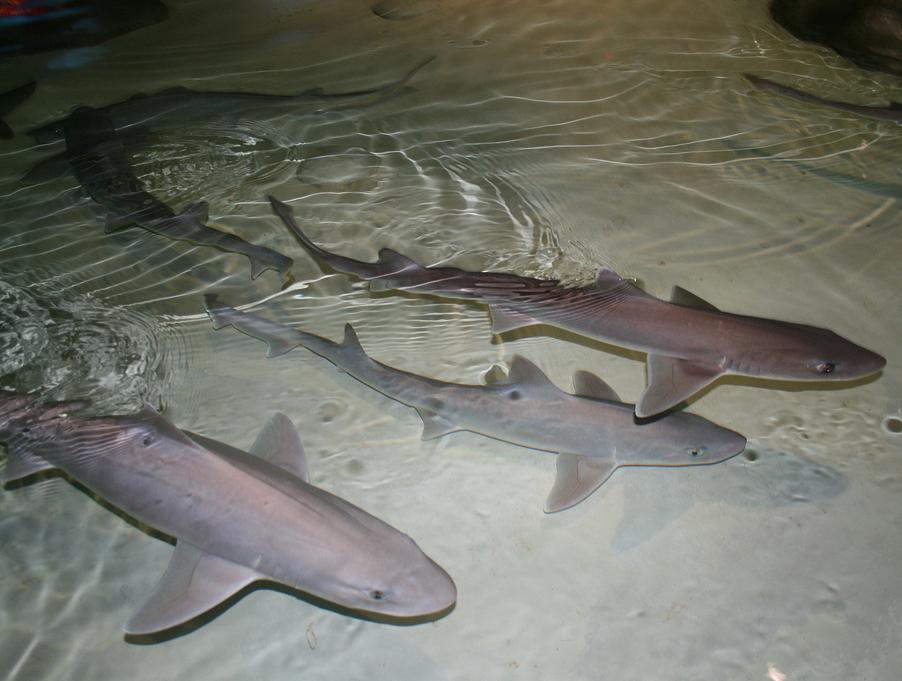
Yes, you read that right — sharks in the Hudson River. While rare, a few species have been known to swim up from the Atlantic through the brackish waters of the lower river. Two species in particular, the Bull Shark and the Smooth Dogfish Shark, are capable of surviving in both salt and freshwater. Reports and occasional sightings confirm they’ve reached as far north as the Hudson, NY area.
In fact, check out the video below of what was determined to be a Smooth Dogfish Shark spotted near Hudson and Athens, NY:
While encounters are extremely rare, it’s one of the wild possibilities that makes the Hudson River such a fascinating ecosystem.
American Shad (A Migratory Hudson River Fish)
Shad is a migratory fish that has a long history in the Hudson River. Shad was long sought after as a food source and was often smoked and their eggs or roe was harvested and consumed as a delicacy. The populations of American Shad have been drastically declining for many years, and so much so that all American Shad fisheries – both commercial and recreational were closed in 2010. Prior to the closure this fish was targeted by netting and using baits such as shad darts and sabiki rigs. An evaluation of the population of American Shad in 2020 showed that the populations are still depleted and targeting the specifies still remains off limited. READ THE REPORT HERE
Freshwater Drum (Expanding in the Hudson)
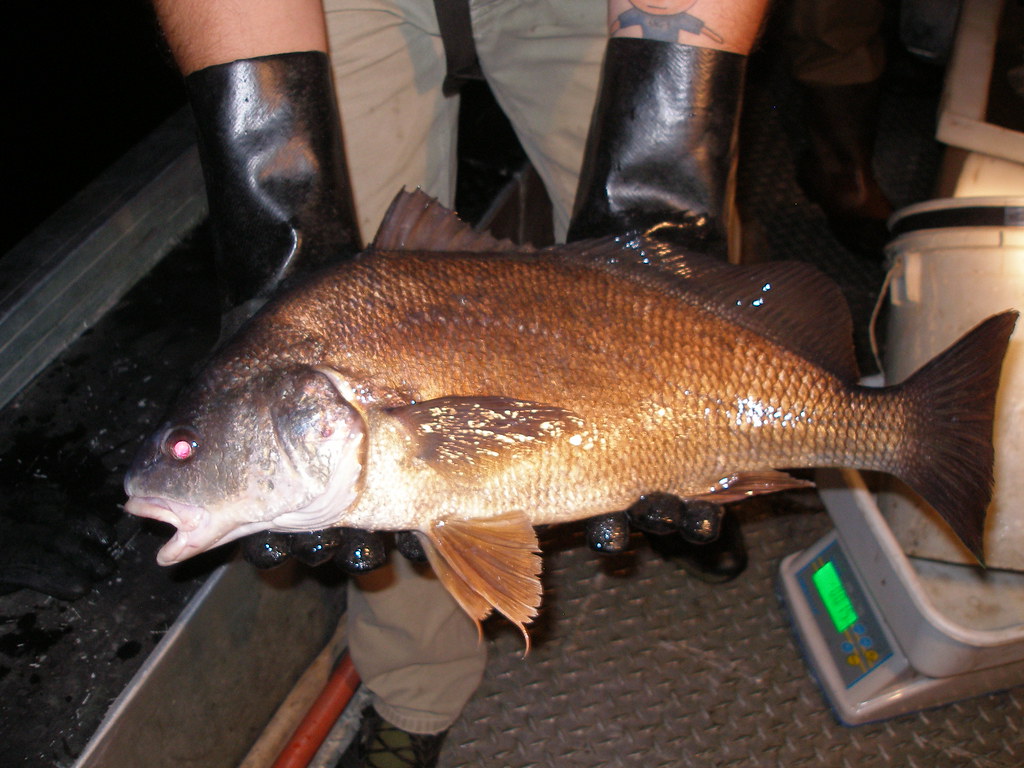
Freshwater Drum is becoming more abundant throughout the Hudson River watershed area. Freshwater Drum sometimes are confused with a carp as they have similar body shapes, but vary widely in coloring.
Freshwater Drum got their name from the drumming or croaking sounds they can make with their swim bladders and surrounding muscles.
Marine, or Saltwater Drums make the southern Hudson River their home. While these fish are related, the Freshwater Drum lives exclusively in freshwater.
Freshwater Drum have become more prevalent over the years as the Zebra Muscle invades the Hudson River Watershed, which is a favorite food of the Drum.
Northern Pike (Predators of the Hudson River)
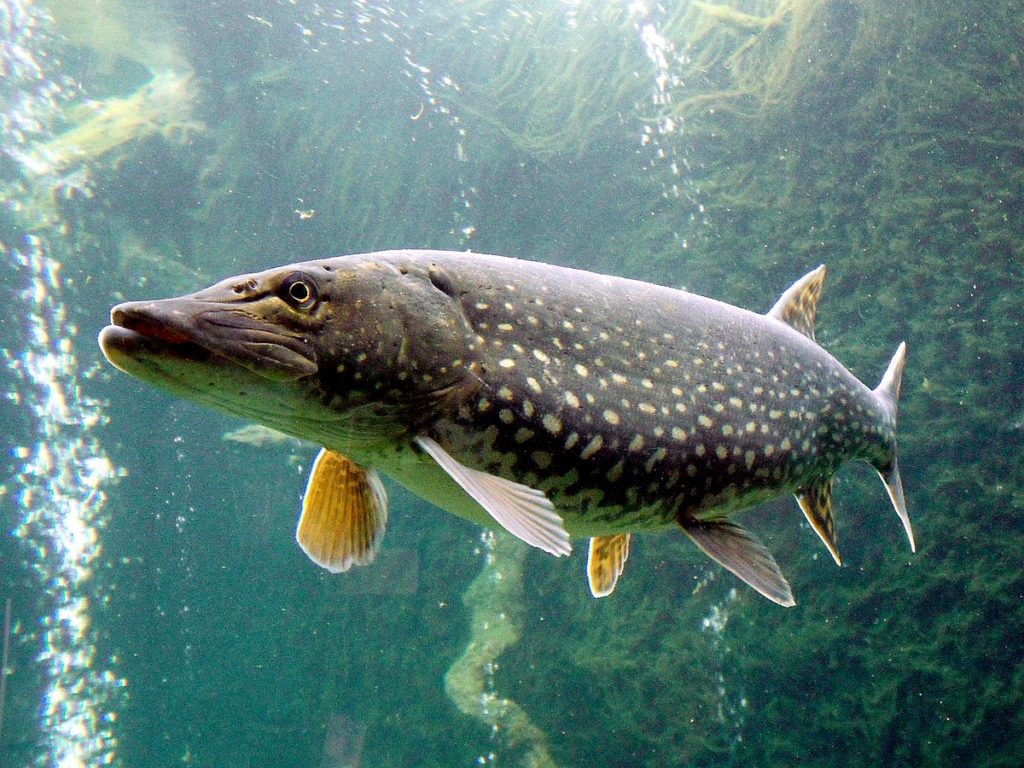
Northern Pike are well established in the Northern regions of New York. In the Hudson River, most of the Northern Pike are located north of the Troy dam. In recent years, more and more Northern Pike, Musky, and Tiger Musky have inhabited areas south of the Troy dam with the best fishing from areas around Kingston north.
Pike are often confused with Chain Pickerel, however, Pike can grow MUCH larger than Pickerel and have many other distinctive differences.
American Eel (From Ocean to River)
The American Eel is a migratory fish that is usually born in the Atlantic Ocean and then makes it’s way to the freshwater of the Hudson River to live. They are the only freshwater eel in the Western Hemisphere.
When the eels are just born, they are really small and clear – often called Glass Eels. Once they reach the freshwater region of the Hudson River, they start to gain their pigment and grow.
As the fish mature, they grow darker in color especially before they return to the Atlantic Ocean to spawn.
American Eels are also very hardy fish tolerating both fresh and saltwater, and very dirty and polluted areas. Eels can grow up to 3 feet in length, although the average Eel that you would catch would range between 12 and 20 inches.
Rudd (Invasive Lookalike Species)

Chances are when you first see a Rudd, you think — oh, look at that huge Golden Shiner. Rudd are most often confused with Golden Shiners, however, they can grow much larger than shiners can.
They are easily identified with their bright red fins and darker golden color. Rudd are an invasive species and can enter bodies of water and mate and hybridize with Golden Shiners – which the impacts are still unknown.
Rudd can feed on insects, small fish, and vegetation.
These are just some of the unique fish that you might encounter while fishing in the Hudson River. With over 200 different species that call the Hudson River home — you might find some even more rare and unexpected fish at the end of your line. If you do – reach out to us and let us know at [email protected].
Last Updated on August 16, 2025 by Fish HV Contributors



